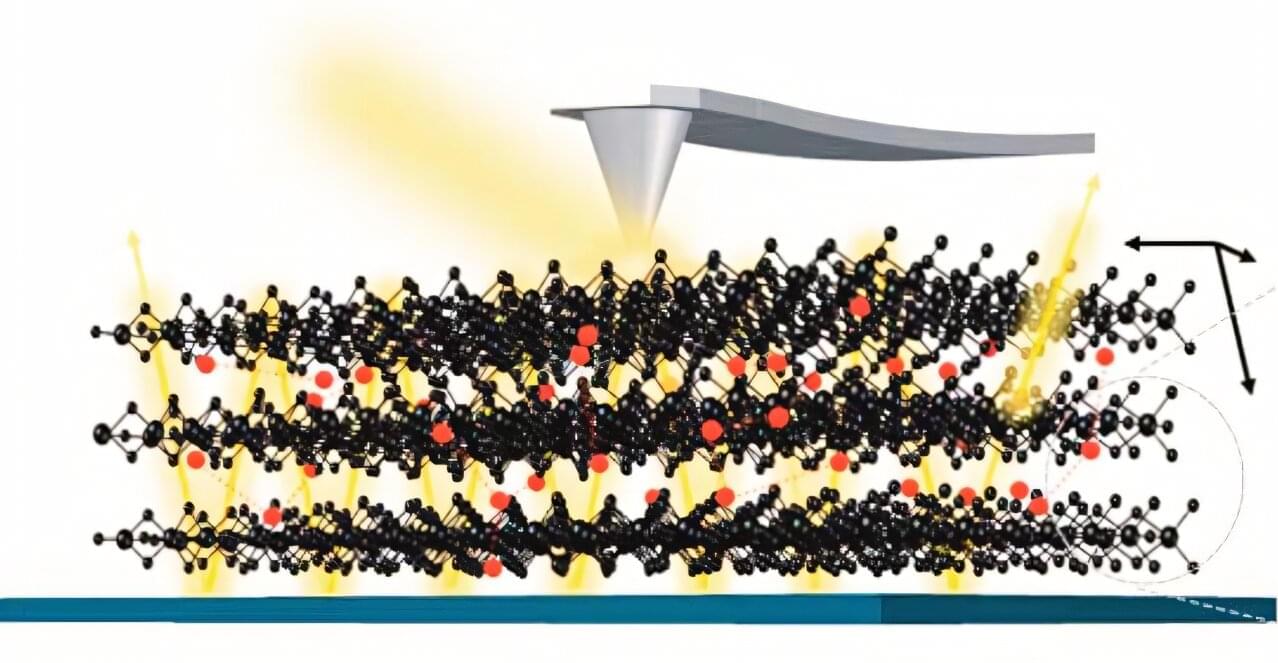Inspired by biological cells, the robots are made of water encased in Teflon armor and are each about the size of a grain of rice.
Get the latest international news and world events from around the world.
Upgraded anode moves seawater batteries step closer to primetime
As the world makes more use of renewable energy sources, new battery technology is needed to store electricity for the times when the sun isn’t shining, and the wind isn’t blowing.
“Current lithium batteries have reached their limitations in terms of energy storage capability, life cycle, and safety,” says Xiaolei Wang, a professor of chemical engineering at the University of Alberta in Edmonton. “They’re good for applications like electric vehicles and portable electronics, but they’re not suitable for large-scale grid-level energy storage.”
With the help of the Canadian Light Source at the University of Saskatchewan, Wang and his team are developing new technologies to help make grid-level aqueous batteries that can use seawater as an electrolyte. The study is published in the journal Advanced Materials.
The Origins of Us: Beyond the Big Bang and Darwinism
Where do we come from? Why are we here? These perennial questions have echoed across cultures and epochs, from mythological accounts to scientific inquiries. In The Origins of Us, I explore a unified narrative that transcends classical reductionist models


3D nanotech blankets offer new path to clean drinking water
Researchers have developed a new material that, by harnessing the power of sunlight, can clear water of dangerous pollutants. Created through a combination of soft chemistry gels and electrospinning—a technique where electrical force is applied to liquid to craft small fibers—the team constructed thin fiber-like strips of titanium dioxide (TiO₂), a compound often utilized in solar cells, gas sensors and various self-cleaning technologies.
Despite being a great alternative energy source, solar fuel systems that utilize TiO₂ nanoparticles are often power-limited because they can only undergo photocatalysis, or create chemical reactions, by absorbing non-visible UV light. This can cause significant challenges to implementation, including low efficiency and the need for complex filtration systems.
Yet when researchers added copper to the material to improve this process, their new structures, called nanomats, were able to absorb enough light energy to break down harmful pollutants in air and water, said Pelagia-Iren Gouma, lead author of the study and a professor of materials science and engineering at The Ohio State University.


How Qubits Are Rewriting the Rules of Computation
For as long as we’ve been building computers, it feels like we’ve been speaking the same language — the language of bits. Think of bits as tiny switches, each stubbornly stuck in either an ‘on’ or ‘off’ position, representing the 1s and 0s that underpin everything digital. And for decades, refining these switches, making them smaller and faster, has been the name of the game. We’ve ridden the wave of Moore’s Law, achieving incredible feats of computation with this binary system. But what if, perhaps, we’ve been looking at computation in just black and white, when a whole spectrum of possibilities exists?
Bravyi, Dial, Gambetta, Gil, and Nazario from IBM Quantum in “The Future of Quantum Computing with Superconducting Qubits” say.
For the first time in history, we are seeing a branching point in computing paradigms with the emergence of quantum processing units (QPUs).
The Futurist Who Predicted the iPhone and Internet Now Claims That Immortality Could Be Reached in “5 Years” Time
A visionary who predicted the internet and smartphones is now making an even bolder claim about the future of humanity. Revolutionary technologies could soon make immortality a reality.

Study reveals controlled proton tunneling in water trimers
A research team led by Professor Hyung-Joon Shin from the Department of Materials Science and Engineering at UNIST has succeeded in elucidating the quantum phenomenon occurring within a triangular cluster of three water molecules. The work is published in the journal Nano Letters.
Their findings demonstrate that the collective rotational motion of water molecules enhances proton tunneling, a quantum mechanical effect where protons (H+) bypass energy barriers instead of overcoming them. This phenomenon has implications for chemical reaction rates and the stability of biomolecules such as DNA.
The study reveals that when the rotational motion of water molecules is activated, the distances between the molecules adjust, resulting in increased cooperativity and facilitating proton tunneling. This process allows the three protons from the water molecules to collectively surmount the energy barrier.

Looking for elusive quantum particles? Try a bad metal, researchers suggest
Metals, as most know them, are good conductors of electricity. That’s because the countless electrons in a metal like gold or silver move more or less freely from one atom to the next, their motion impeded only by occasional collisions with defects in the material.
There are, however, metallic materials at odds with our conventional understanding of what it means to be a metal. In so-called “bad metals”—a technical term, explains Columbia physicist Dmitri Basov—electrons hit unexpected resistance: each other. Instead of the electrons behaving like individual balls bouncing about, they become correlated with one another, clumping up so that their need to move more collectively impedes the flow of an electrical current.
Bad metals may make for poor electrical conductors, but it turns out that they make good quantum materials. In work published on February 13 in the journal Science, Basov’s group unexpectedly observed unusual optical properties in the bad metal molybdenum oxide dichloride (MoOCl2).